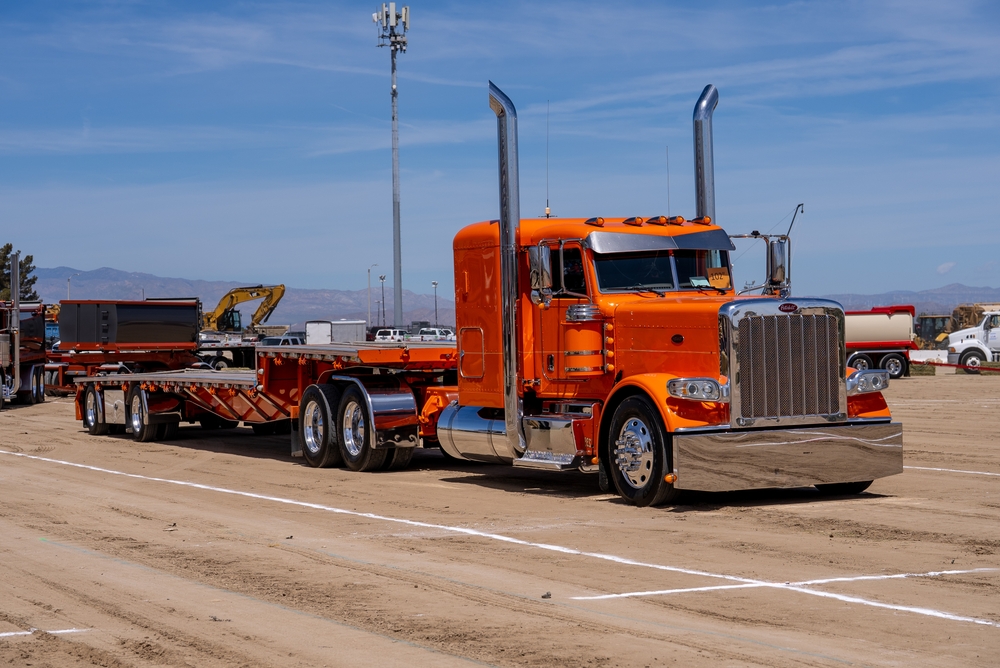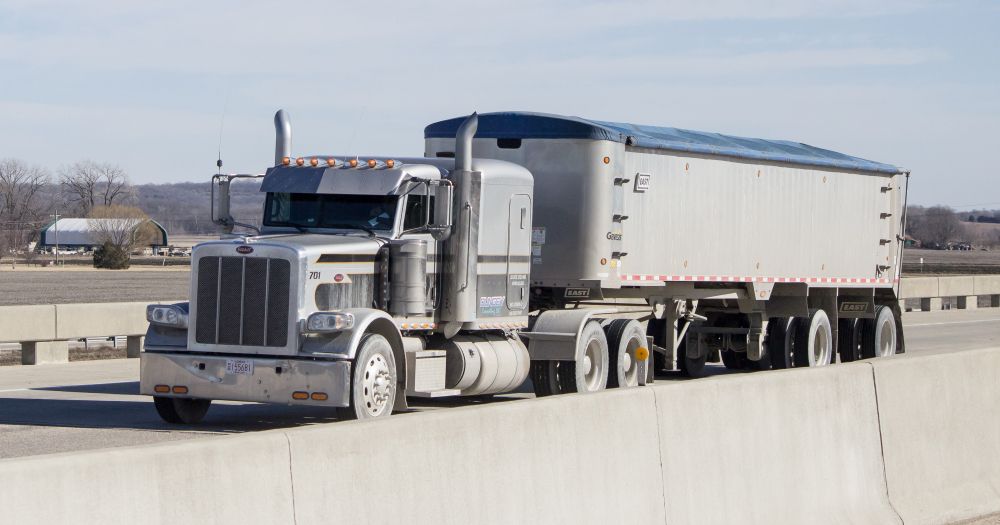
The Federal Motor Carrier Safety Administration (FMCSA) advisory committee convened on December 17 to address the growing truck parking crisis and recommend best practices for improving safety and convenience for drivers. The five-hour discussion underscored the urgency of creating additional parking spaces while highlighting the need for innovative, collaborative solutions beyond simply allocating more funds.
Adrienne Gildea, deputy executive director of the Commercial Vehicle Safety Alliance and vice chair of the Motor Carrier Safety Advisory Committee (MCSAC), emphasized the importance of engaging diverse stakeholders, including state officials, trade groups, and the private sector. Gildea noted that while some states have successfully implemented solutions, the committee needs to study these practices further to establish a blueprint for nationwide improvements. “We need more parking spots,” Gildea stated, “but in the meantime, we must leverage existing infrastructure and figure out who’s doing it right.”
Truck parking challenges directly impact road safety and driver well-being. Many drivers face uncertainty about where to park, often resorting to unsafe or unauthorized locations. Todd Spencer, president of the Owner-Operator Independent Drivers Association and a committee member, highlighted the critical parking shortages along Interstate 95, calling it one of the worst corridors in the country. He proposed expanding existing parking facilities, such as weigh stations, as a practical interim solution.
The committee discussed several innovative strategies, including:
- Long-term safety investments: Infrastructure enhancements like improved lighting, which are especially important for female drivers.
- Driver flexibility: Policies that align with the dynamic realities of truck routes and job demands.
- Traffic analysis tools: Developing “heat maps” to identify areas with the heaviest commercial motor vehicle (CMV) traffic and prioritize targeted solutions.
- Alternative parking options: Exploring the use of sports stadiums and other unconventional spaces to provide parking opportunities.
The parking shortage isn’t the only safety issue on the FMCSA’s radar. During a second day of meetings on December 18, MCSAC examined ways to encourage seat belt use among truck drivers. According to the National Highway Traffic Safety Administration (NHTSA), of the 914 truck driver fatalities recorded in 2022, 69% involved drivers not wearing seat belts.
Dan Horvath, senior vice president of regulatory affairs and safety policy for the American Trucking Associations, pointed out that some drivers resist seat belt usage due to personal beliefs or a desire for autonomy. Social media trends exacerbating this resistance were also discussed. “How do we intervene with drivers who refuse to wear seat belts?” Horvath asked, signaling the need for targeted campaigns to encourage safer practices.
Spencer acknowledged the challenge, expressing frustration at drivers’ reluctance to adopt safety measures that ultimately protect them. He urged efforts that emphasize safety benefits, noting that drivers must “buy in” for safety initiatives to succeed.
Source:











Leave a Comment